Basilicata is a predominantly mountainous region, replete with medieval castles, ancient architecture, seaside resorts, and charming hilltop villages: there is a lot to see here, because the first settlements date back to the Paleolithic, and over time it was influenced by different peoples, which are reflected in Romanesque, Byzantine, Norman and Swabian architecture.
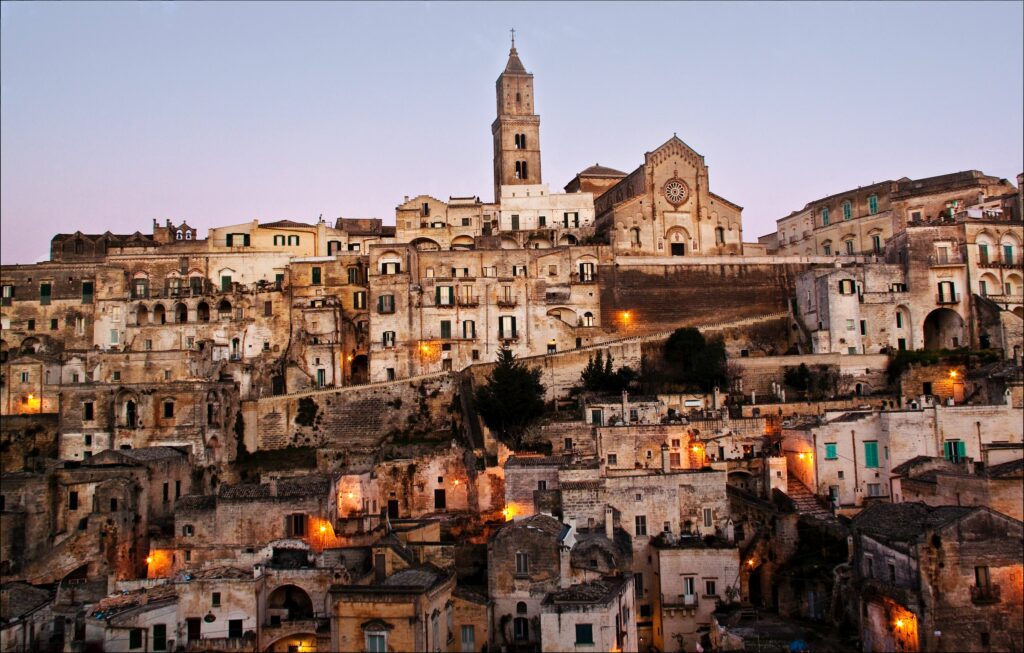
If you like to spend time outdoors, include trekking, horseback riding, camping and even watching rare species of animals in the numerous nature reserves and national parks of Basilicata. Our guide will satisfy anyone, from history lovers, and nature lovers to those who travel to discover new tastes.
Explore Sassi Matera: admire the extraordinary frescoes of ancient rock churches
The houses, shops, and churches carved into the Murgia rock create an unmistakable “cultural landscape” of Sassi di Matera, a very famous Lucan place listed as a UNESCO World Heritage Site. With the first settlements dating back to the Paleolithic and never abandoned, Sassi represents one of the longest inhabited cave systems in the world. If you visit them in early July, don’t miss the Festa Della Bruna, the patroness of the Madonna of Matera. On July 2, the patronal celebrations take place. From the very morning, the streets of the city come alive with musical groups, colorful parades, and cheerful markets.
Don’t miss Melfi Castle: Admire the collection of Roman and medieval artifacts at Melfi Castle
The characteristic town of Melfi in the province of Potenza was one of the main centers of the Norman Empire in Southern Italy. Surrounded by an impressive wall, it contains some of the most beautiful rock churches and the medieval architecture of Basilicata. Among them is the Melfi Castle, built during the reign of Emperor Frederick II of Swabia, which now houses the Maltese National Archaeological Museum. The collection includes artifacts of significant historical value, including an exceptional marble sarcophagus with relief decoration dating from the II century AD.

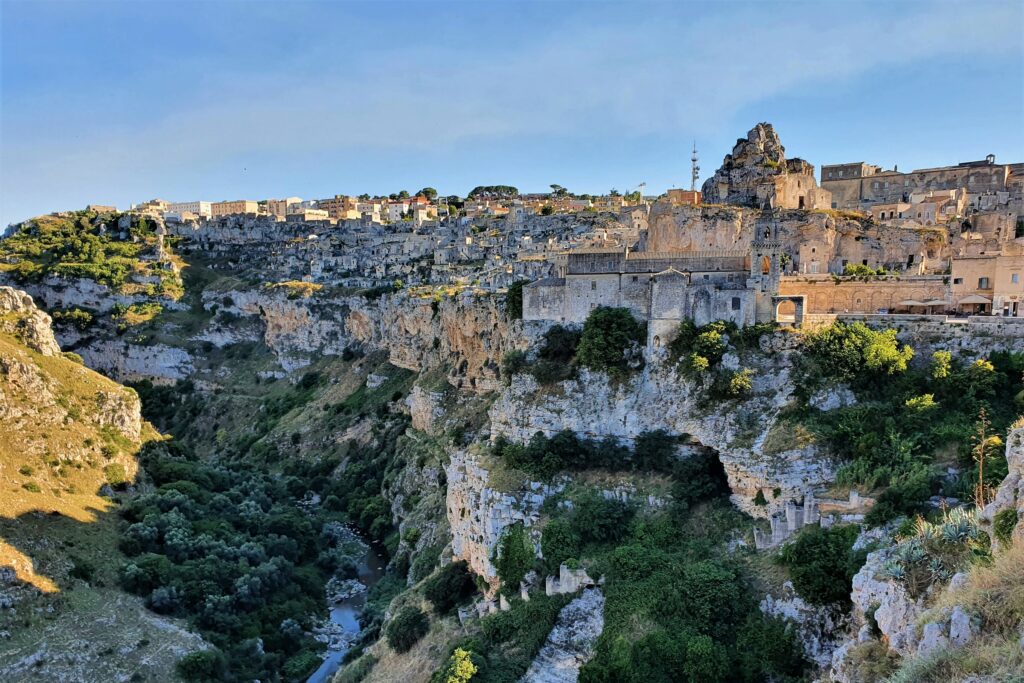

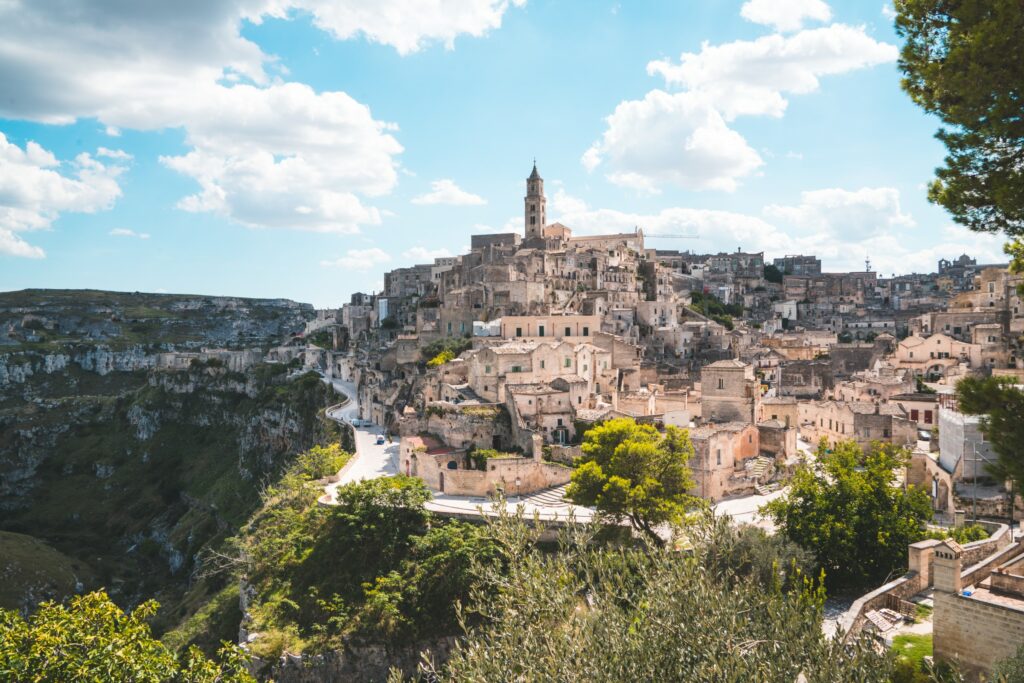
Take a picture of the Redeemer Statue: climb the belvedere to admire the Maratea and the surrounding panorama
The statue of the Redeemer is located in the city of Maratea, on the Tyrrhenian coast of Basilicata. Erected on the top of Monte San Biagio, it reaches 21 meters and is one of the tallest statues of Christ in Europe. The author is Florentine sculptor Bruno Innocenti, who chose a mixture of Carrara marble and concrete. The belvedere at the foot of Cristo offers stunning views of the city and the Tyrrhenian Sea.
Visit Basilicata cellars to taste Lucan wines
The province of Potenza is the land of Aglianico del Vulture, a tannic and rich wine, considered one of the best red wines in Italy. Going to the Vulture-Melfese Mountains, on the border with Apulia and Calabria, you can spend the whole day tasting exceptional wines in the prestigious wineries of the area. Fans will not miss the festival dedicated to Aglianico, which is held every year in September in various castles in the region. One of the most famous wineries in the Cantine del Notaio company, whose lush vineyards stretch over more than 26 hectares with buildings dating back to the seventeenth century.
The village of Maratea: visit the Basilica of San Biagio and the Statue of the Savior
In the historical center of Maratea, called “Borgo”, there are more than 40 churches and palaces built in the thirteenth century. Located on the side of Monte San Biagio, the city consists of two main squares: Piazza Vitolo and Piazza Buraglia. On the narrow streets, there are bars, cafes, and restaurants, as well as small shops selling souvenirs and local delicacies. In the period from the end of July to the beginning of August, the prestigious Lucanian Cinema Days, an international film festival with screenings, debates, and award ceremonies, which is attended by many dignitaries, are held in Maratha.
Experience the thrill of flying in the Lucan Dolomites
Popular among fans of adrenaline attraction “Angel Flight” will allow you to fly at full speed between the peaks of the Potenza mountains. The two lines, which offer an extraordinary view of the Lucan Dolomites, consist of steel cables stretched from an initial height of more than 1000 meters to an arrival height of more than 850 meters above sea level. The stations are located in the two villages of Castelmezzano and Pietrapertosa and are served by a shuttle. The ticket price starts from 35 euros for one flight and 63.00 euros for a pair of flights. A one-time flight is allowed only for persons over the age of 16.
Climb the Pollino massif in the National Park of the same name: visit the ancient communities of Arbereshe in the villages of San Paolo Albanese and San Costantino Albanese
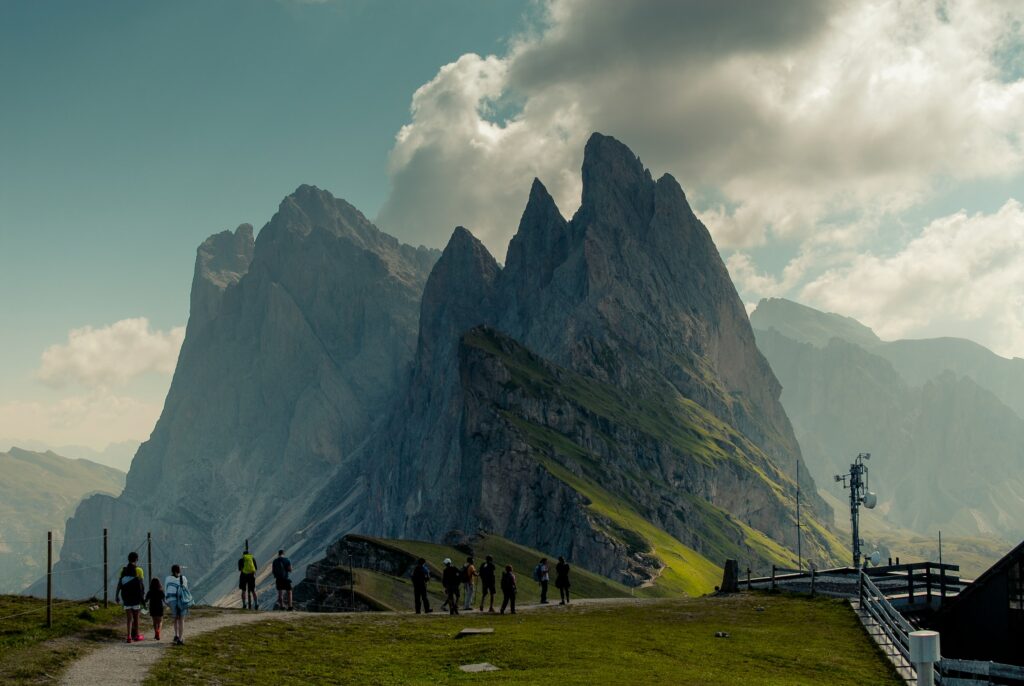

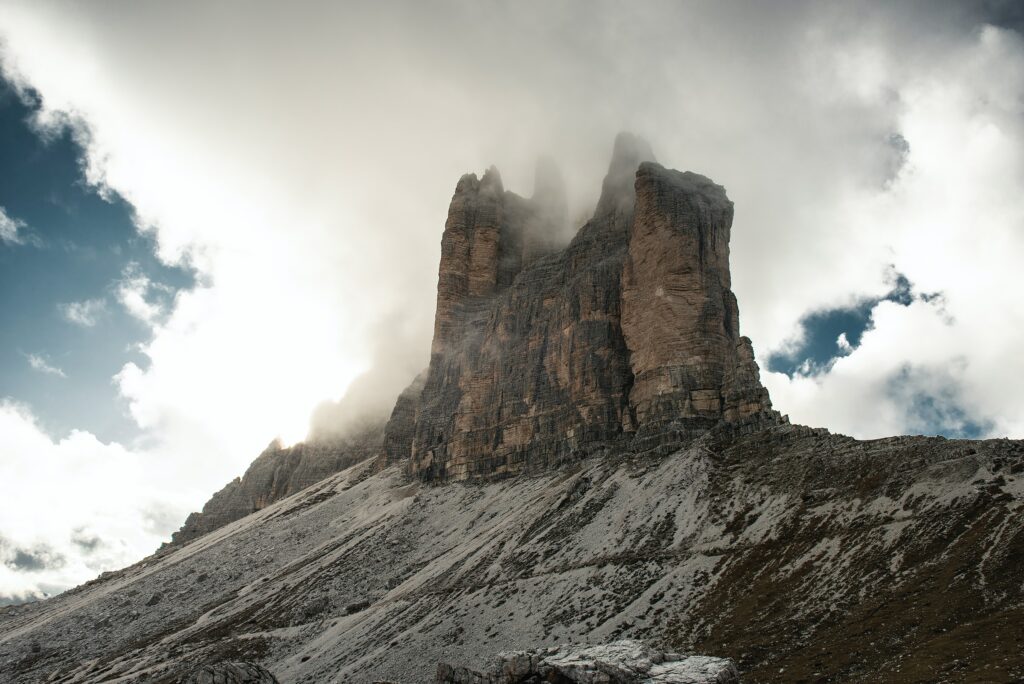
Pollino National Park is the largest park in Italy and offers endless opportunities for hiking and horseback riding, magnificent views. And visits to ancient villages dating back to the 15th and 17th centuries. Officially opened in the early 1990s, the park is known for its large biodiversity of wildlife. Including wild cats, otters, wolves, wild boars, and roe deer. Experienced tourists can go to the top of Mount Pollino, which rises to 2,248 meters. To admire the extraordinary panorama of the Tyrrhenian and Ionian coasts. Among the many characteristic villages worth visiting are San Paolo and San Costantino Albanese. Where the Arberese communities, who settled here in the 16th century from Albania. Fleeing from the Ottoman occupation, still retain their traditional language and customs.
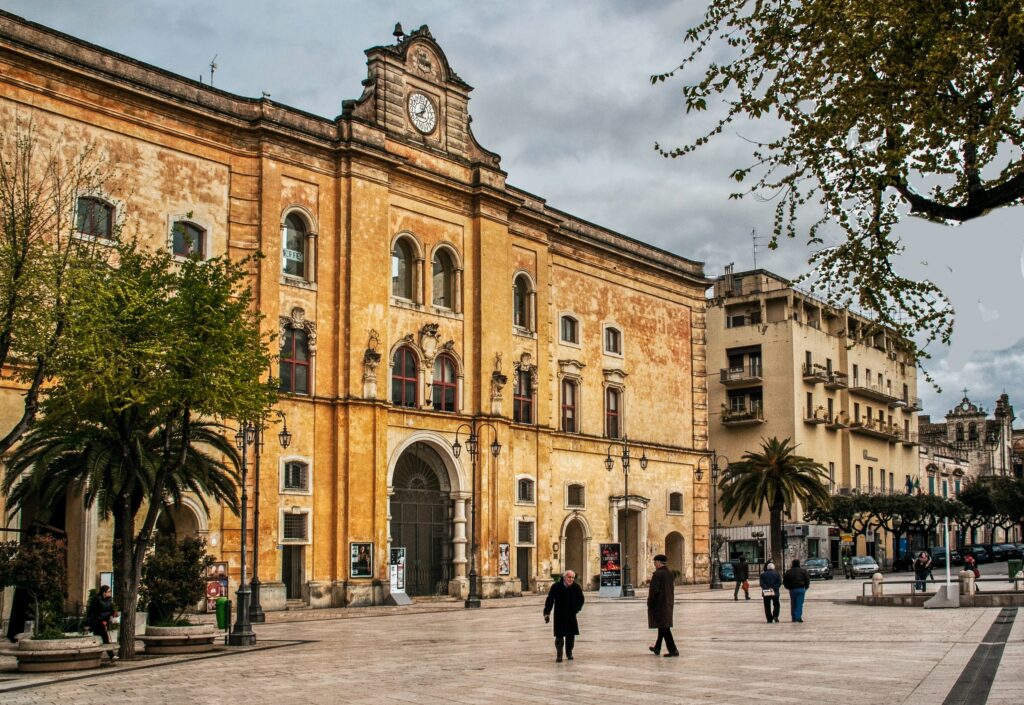
Don’t miss the Archaeological Park and the National Archaeological Museum of Metaponto: explore the remains of one of the most important colonies of Magna Graecia
The Archaeological Park and the National Archaeological Museum preserve ancient monuments, temples, and finds from the important Greek colony of Metaponto. The archaeological site shows the remains of ancient civil and religious buildings. Such as Doric temples erected between 570 and 530 BC in honor of Athena, Apollo, and Era. The museum presents weapons, jewelry, and shields of the Bronze Age. As well as finds of outstanding craftsmen and precious Italo-Mycenaean ceramics.
Enjoy the nature and culture of the Ionian coast: sea, sports, and excursions along the vast coast of Luciana
The Ionian coast stretches for 30 km with beaches and areas of great historical and cultural value. Metaponto and Policoro offer an extraordinary promenade and wide beaches with clear water. Which attract tourists from all over the world in summer. If you like to spend time outdoors, you have a choice: you can sunbathe on the shore, go diving, surf or water skiing on the waves. But there are also cultural and natural attractions. In Metaponto, you can visit the archaeological park of the same name. And in Policoro there is a large nature reserve with a WWF oasis, known, in particular, for the turtle population.
Treat yourself to a delicious lucanica-based dish
The authorship of this typical sausage produced in the mountainous communities of the region is disputed between the Milanese. Who attribute the origin of Luganega to the Lombards. And the Lucanians; they, quoting Varro and Cicero. Claim that it got its name from Lucanian slaves who were supposed to introduce it into the Roman environment. Made from coarse-grained pork shoulder and seasoned with wild fennel, salt. And pepper, lukanika is placed in a natural shell, aged for about 20 days and finally sold in square footage. For a truly delicious lunch, try stracinati with Lucania sauce and sheep’s milk ricotta. Enoteca Farmacia Dei Sani, which opened in Maratha in the early 1980s. Is a shop that sells local delicacies and wines, such as sausages and cheeses, wines, and crispy peppers.
Don’t miss the Crypt of Original Sin: admire the precious rock frescoes of the 8th century
The crypt of original sin is located in a deep Paleolithic cave in Altopiano Delle Murge. The walls are decorated with frescoes on biblical themes depicting Creation. Light and Darkness, Adam and Eve, archangels, the Apostles John, Peter and Andrew, and the Virgin Mary. The frescoes in the cave, which is sometimes called the “Sistine Chapel of Rock Art”. Date back to the beginning of the 8th century and are a mixture of Byzantine and late Romanesque styles. Access to the Crypt of Original Sin is possible only by prior order. The ticket costs 10 euros and includes the rental of an audio guide. Lasting about 20 minutes in Italian, English, German and French.










